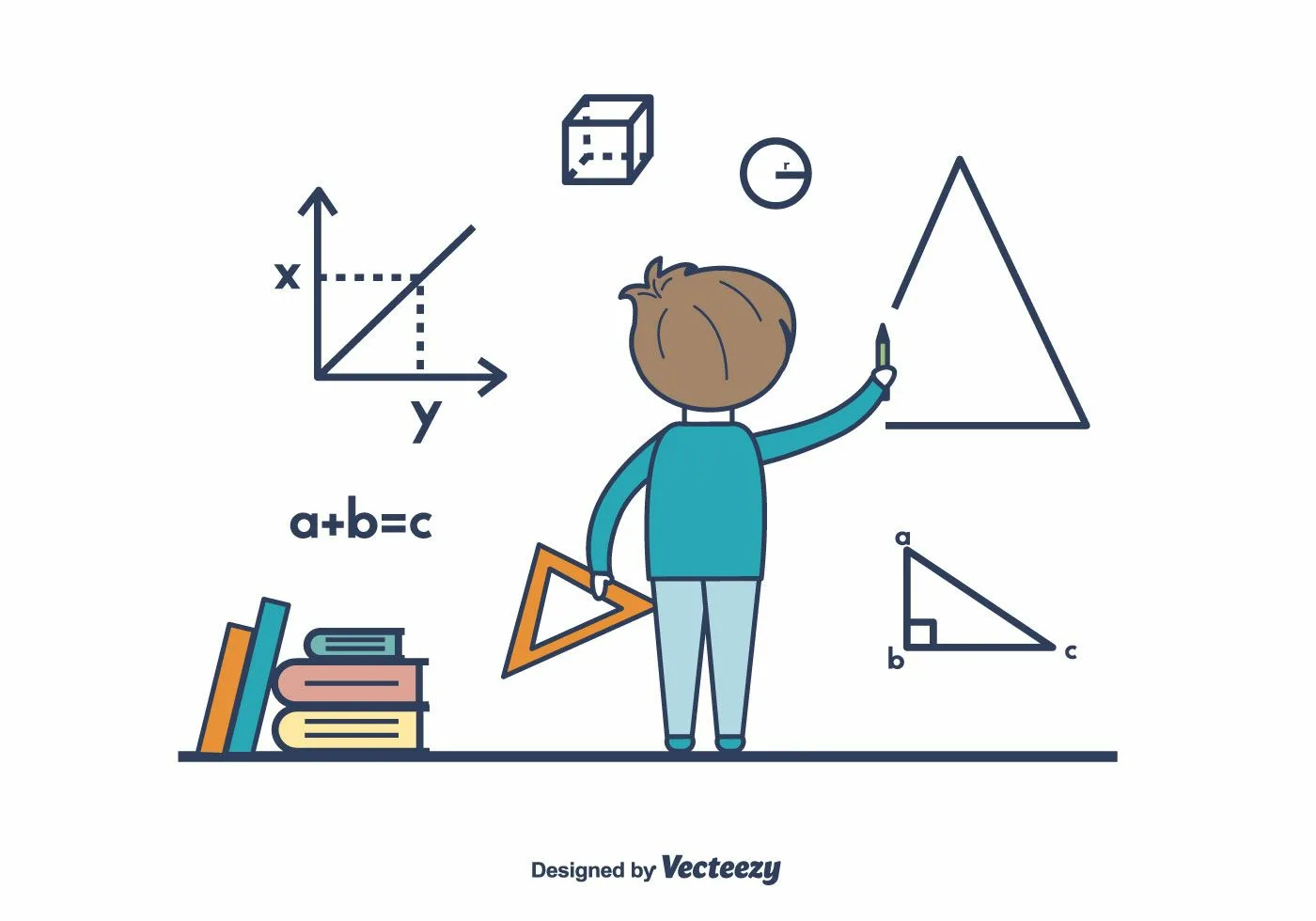Trigonometry, the branch of mathematics that deals with angles and the relationships between the sides of triangles, has numerous real-world applications. From engineering to medicine, trigonometry plays a crucial role in solving practical problems.
Engineering and Construction
Architects and civil engineers use trigonometry to design and construct buildings, bridges, and other structures. It helps determine heights, angles, and load-bearing capacities. For instance, when designing a roof, engineers use trigonometric functions to calculate the slope. Similarly, in bridge construction, they use sine and cosine functions to ensure stability and proper alignment.
Astronomy and Navigation
Trigonometry has been used in astronomy for centuries to determine the positions of stars and planets. Astronomers use trigonometric functions to measure distances between celestial bodies. Similarly, navigation relies on trigonometry to calculate distances and angles between locations. Pilots and sailors use triangulation techniques to determine their position and chart their courses accurately.
Physics and Engineering
Trigonometry is essential in physics, particularly in mechanics, waves, and optics. It helps analyze forces, motion, and wave behaviour. Engineers use trigonometry to design mechanical systems, such as gears, pulleys, and suspension bridges, ensuring they function efficiently. Electrical engineers also apply trigonometry in circuit analysis, particularly in alternating current (AC) circuits.
Computer Graphics and Gaming
Trigonometry is vital in computer graphics, animation, and video game development. It helps in rendering 3D objects, determining angles of movement, and simulating realistic physics. Game developers use trigonometric functions to create lifelike animations, ensuring smooth character movement and realistic lighting effects.
Medical Imaging and Ultrasound
Medical professionals use trigonometry in imaging techniques like MRI (Magnetic Resonance Imaging) and ultrasound. These technologies rely on wave properties and angles to create detailed images of the human body. Ultrasound machines, for example, use trigonometry to calculate the depth of tissues and organs based on the reflection of sound waves.
Music and Acoustics
Sound waves and music production involve trigonometry. The frequencies of sound waves are analyzed using sine and cosine functions to enhance audio quality. Acoustical engineers design concert halls and recording studios using trigonometry to optimize sound reflection and absorption.
In conclusion, trigonometry is not just a theoretical subject but a practical tool with widespread applications in various fields. Its principles are fundamental in solving real-world problems, making our lives more efficient and advanced.

